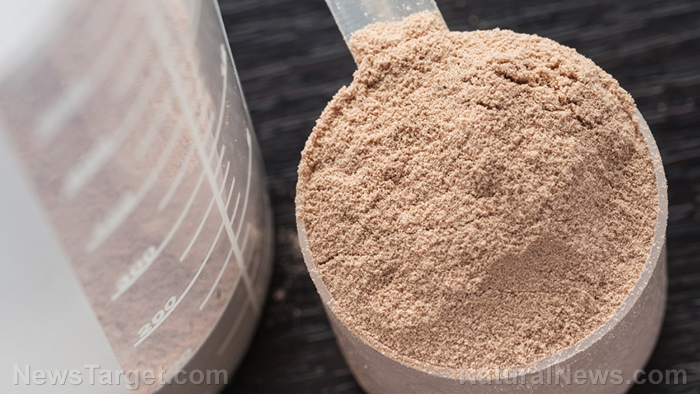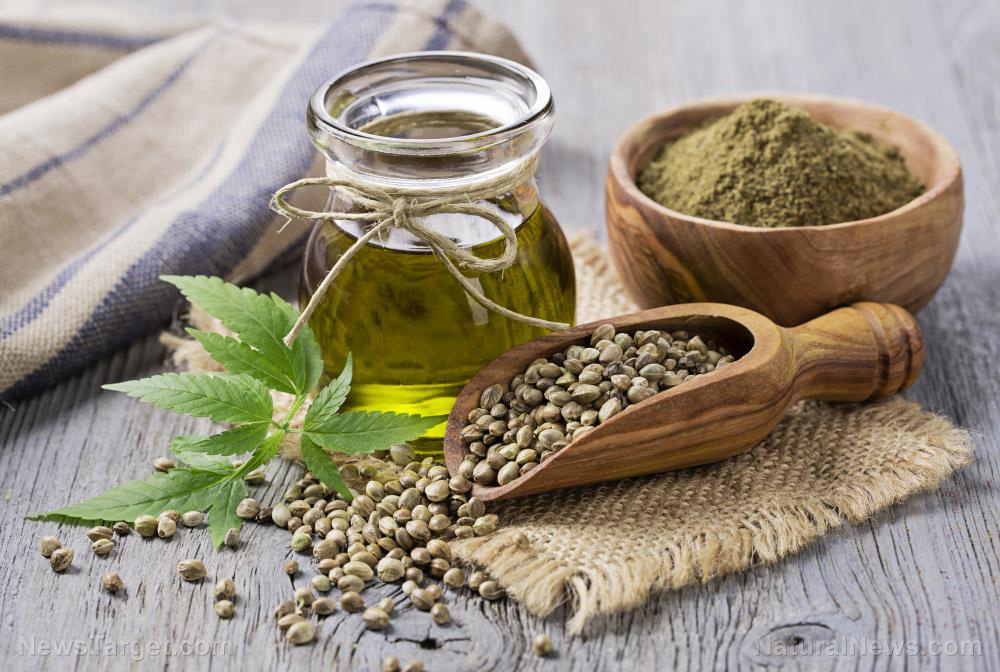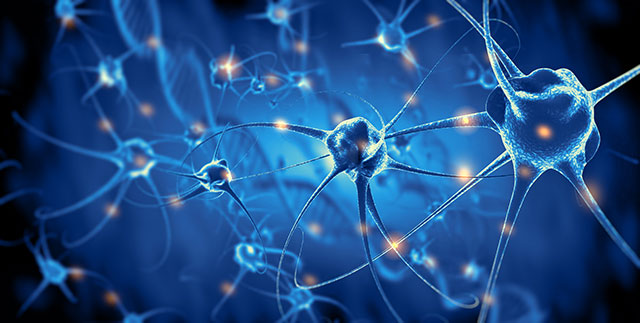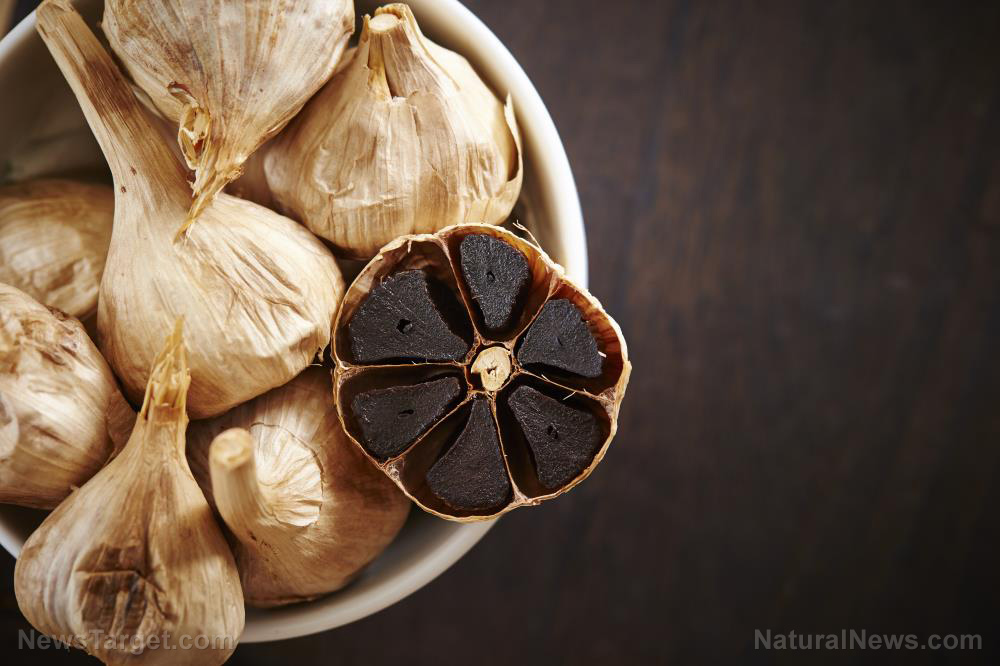Which coffee is best for boosting your workout?
11/29/2019 / By Evangelyn Rodriguez
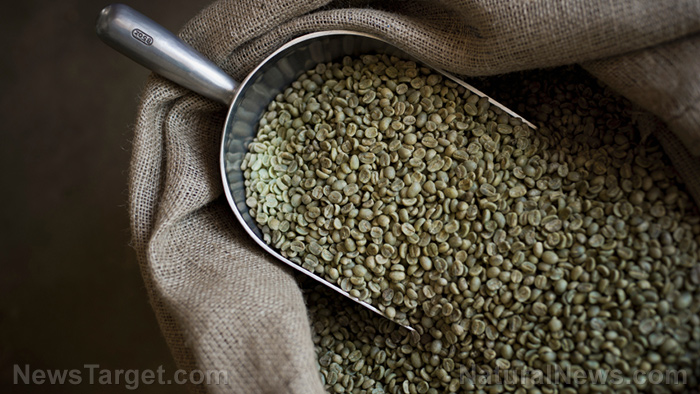
Coffee is one of the best-known superfoods and one of the most highly consumed beverages on the planet. People have learned to love and appreciate coffee not only for its taste and aroma, but also for its brain-stimulating and energy-boosting effects. Many studies have demonstrated the benefits of drinking moderate amounts of coffee in terms of physical performance and weight management, which is why this beverage is especially popular among athletes and fitness buffs.
In a new study published in the Journal of Medicinal Food, researchers from the University of Marilia in Brazil examined the effects of green and ripe coffee on the metabolic profile and muscular enzymes of Wistar rats after physical exercise. They found that consumption of green and ripe coffee — combined with physical exercise — not only helps prevent chronic diseases like obesity, it could also protect against muscle injury that may be caused by physical exercise.
Why coffee is good for your health
According to many studies, plants can be used as alternative medicines for the prevention or treatment of various diseases. Besides herbs that have been used by different cultures as traditional medicines, certain species from the genus Coffea — especially those whose seeds are commonly used to make coffee — are some of the most widely studied in terms of their pharmacological properties.
Green (unroasted) coffee, in particular, is known for its health benefits, which include lowering blood sugar levels and helping reduce body weight. A recent study published in the British Journal of Nutrition also showed that green coffee can help lower blood pressure and improve lipid metabolism, insulin resistance and abdominal obesity in patients with metabolic syndrome. Due to these beneficial effects, green coffee consumption is said to be useful in preventing cardiovascular diseases. (Related: What do green coffee, blueberries, tomatoes, and strawberries have in common? They all contain the anticancer phenol chlorogenic acid.)
In the present study, the researchers used rats to evaluate the effects of green and ripe coffee coupled with physical exercise. They divided the rats into six groups:
- G1, the control group
- G2, the swimming group
- G3, the green coffee group
- G4, the green coffee + swimming group
- G5, the ripe coffee group
- G6, the ripe coffee + swimming group
The researchers reported that the coffee-treated rats in G3, G5 and G6 all experienced a significant reduction in the percentage of their visceral fat. This type of abdominal fat is dangerous as it surrounds internal organs and can cause organ dysfunction. Visceral fat is implicated in the dysregulation of insulin, blood sugar and cholesterol, as well as the development of abnormal heart function.
But aside from visceral fat, green or ripe coffee did not cause significant changes in blood sugar, lipids lactate dehydrogenase (an enzyme involved in energy production), ferric reducing ability (antioxidant capacity) of plasma, and lipid peroxidation — the degradation of lipids via oxidation. Additionally, neither types of coffee caused significant changes in atherogenic (arterial plaque-promoting) indices.
On the other hand, rats in G2 and G4 that received green coffee treatment showed a reduction in creatine phophokinase, an enzyme that leaks into the blood when muscle tissue is damaged. This suggests a protective effect of green coffee against muscle injury.
Based on these results, the researchers concluded that consumption of green or ripe coffee can help reduce the percentage of visceral fat and consequently protect against complications that may arise once this tissue produces pro-atherogenic hormones. The researchers also believe that green coffee can protect against muscle injury that can be caused by physical exercise.
Sources include:
Submit a correction >>
Tagged Under:
alternative medicine, fightobesity, food is medicine, green coffee, muscle injury, natural medicine, ripe coffee
This article may contain statements that reflect the opinion of the author
RECENT NEWS & ARTICLES
COPYRIGHT © 2017 WOMENS FITNESS FOCUS




